When it comes to feeding your dog, there is no shortage of choices. Do you go for the crunchy kibble, the flavorful wet food, the raw food mimicking a dog’s ancestral diet, or the fresh, gourmet meal? Each of these types of dog food offers something of its own, and finding the right one is all about what’s best for your pup.
If you find yourself staring at all the options in the pet food aisle and not sure what to get, we’ve got you covered. This article explores the ins and outs of all the different types of dog food, along with their pros and cons—and even a few of the best brands on the market.
Dry Dog Food (Kibble)
What is Dry Dog Food?

Dry dog food, also known as kibble, is by far the most common type of dog food. These little pellets are often made from a blend of ingredients such as meat, grains, vegetables, and added vitamins and minerals. Kibble dog food owes its popularity to its convenience; it is ready to serve, it is cost-effective, and it has a long shelf life. It also promotes good dental health. Plus, kibble scores extra points because it almost always ticks all the boxes when it comes to nutrition—and the dog food labels prove that.
To give an idea of how dog food is prepared, here’s a sneak peek of five different methods:
Extrusion
This is where the ingredients are mixed into a dough, cooked at high temperatures, and then fed through a machine to create kibble shapes. Once the food is in kibble form, it is then baked and dried.
Baking
Unlike extrusion, baking allows the ingredients to be mixed and slowly baked in an oven at lower temperatures. That being said, it does require a certain amount of wheat gluten to help with the binding.
Cold-Pressing
As one of the more modern forms of processing dry dog food, cold pressing involves grounding ingredients into a powder and then pressing them at lower temperatures to form kibble. The process minimizes exposure to heat, preserving more nutrients.
Air-Drying
With air-drying, ingredients are gently air-dried or dehydrated. This process removes the moisture while retaining the nutrients. You’ll need to mix this type of dog food with water before serving.
Freeze-Drying
The freeze-drying process involves freezing all the ingredients first and then removing all the moisture. This results in lightweight, dry kibble that can be rehydrated before serving.
Pros of Dry Dog Food
- Easy to store, measure, and serve
- Cost-effective and suitable for all budgets
- Long shelf life, allowing you to shop in bulk and not worry about spoilage
- Crunchy texture helps reduce plaque and tartar buildup
- Variety of formulas available, catering to different breeds, sizes, life stages, and dietary needs
Cons of Dry Dog Food
- Highly processed in most cases, reducing the nutritional value of some of the ingredients
- Less appealing compared to other types of dog food.
- Usually denser in calories, putting dogs at risk of gaining weight if not portioned properly
Best Dry Dog Food Options
Best Overall: Royal Canin Medium Breed Adult Dry Dog FoodBest for Puppies: Hill’s Science Diet Puppy Small Bites
Best for Senior Dogs: Wellness Complete Health Senior Dry Dog Food
Best for Weight Management: Hill's Science Diet Dry Dog Food
Best Budget: IAMS Proactive Health Minichunks Adult Dry Dog Food
How Much Dry Food to Feed a Dog
So, how much dry food do you need to feed your dog? Well, this depends on a lot of factors, including size, age, and activity level. On average, smaller dogs can eat between half and one and a half cups a day. Medium dogs will need between a cup and a half and two cups and a half. As for large dogs, between two and a half and four cups is ideal. Extra-large dogs can eat anywhere between four to five cups a day.
Wet Dog Food (Canned)
What is Wet Dog Food?

Wet dog food, also known as canned dog food, is a type of dog food known for its high moisture content, typically around 70 to 85%. Like dry dog food, wet dog food is often made of ingredients such as meat, vegetables, and grains. What sets it apart is its palatability, softness, and, obviously, wetness. This makes it a favorite among our canine companions.
Wet food usually comes in tins, trays, pouches, or chubb rolls. It is prepared by blending and cooking the food before vacuum sealing it into containers. You can find wet dog food in the form of paté, loaf, or chunks in jelly or gravy.
Pros of Wet Dog Food
- Provides extra hydration
- More appealing to picky eaters, thanks to its aroma, flavor, and texture
- Being softer than kibble makes it ideal for dogs with dental issues
- Contains more protein and less carbohydrates, making it perfect for dogs on a diet.
Cons of Wet Dog Food
- Can be expensive, especially if you have a big dog with an even bigger appetite
- Gets easily spoiled once opened, and should be refrigerated and eaten within a few days
- May cause plaque build-up if you don’t brush your dog’s teeth
- Serving canned food is messier and requires more cleaning afterward
Best Wet Dog Food Options
Best Overall: Hill's Science Diet Healthy CuisineBest for Puppies: Hill's Science Diet Puppy, Chicken & Rice Stew
Best for Senior Dogs: Hill's Science Diet Puppy, Chicken & Rice Stew
Best for Weight Management: Hill's Prescription Diet Metabolic Weight Management Chicken Flavor Wet Dog Food
Best Budget: Purina Beyond Grain Free, Natural Pate
How Much Wet Food to Feed a Dog
In general, small dogs can consume between three-quarters to one and a half packs per day. Medium dogs between one and a half to two and a half packs, large dogs between two and a half to four packs, and extra-large dogs above four packs. This, of course, is a general estimation, and the exact amount depends on the weight, age, and activity level of your dog—as well as the specific brand's calorie content and size of the container.
Raw Dog Food
What is Raw Dog Food?

Raw dog food is what advocates believe to be the most suitable diet for dogs, as it mimics what they would eat in the wild. This type of diet, also known as a BARF diet (Biologically Appropriate Raw Food or Bones and Raw Food), consists of uncooked ingredients like raw meat, bones, organs, and sometimes fruits and vegetables.
While you can prepare this food at home, a number of dog food companies are making pre-prepared and complete raw food in the form of frozen blocks. This provides all the benefits of conventional store-bought dog food and keeps it raw at the same time.
Pros of Raw Dog Food
- Naturally higher in natural enzymes, vitamins, and minerals
- Chewing raw bones improves a dog’s dental health, reducing plaque and tartar buildup
- The nutrient-dense nature of raw food can boost energy levels
- Typically free from preservatives and everything artificial
- Perfect for weight management thanks to low carb levels
Cons of Raw Dog Food
- On the higher end of the price spectrum compared to other types of dog food.
- Can carry harmful bacteria like Salmonella and E. coli in rare cases
- Can pose choking hazards if not fed under supervision
- Preparing raw meals can be very time-consuming (unless it’s storebought)
Best Raw Dog Food Options
Best Overall: Stella’s Super Beef Frozen Raw Dinner PattiesBest for Puppies: BJ's Raw Pet Food Freeze Dried Premium Complete Mix
Best for Senior Dogs: We Feed Raw Duck Recipe Patty
Best for Weight Management: Halo Meal Bites Freeze Dried Raw Dog Food, Whitefish Recipe
Best Budget: Raw Frozen Bites Cage-Free Chicken Recipe
How Much Raw Food to Feed a Dog
As a rule of thumb, you should feed your dog 2 to 3% of its body weight in raw food. Naturally, active dogs will need closer to 3% while less active ones may be fine with 2%. This rule doesn’t apply to puppies as they grow up fast. If you have a puppy, you’ll want to feed it around 5 to 6% of its body weight, divided into three or four meals.
Fresh Dog Food
What is Fresh Dog Food?

Fresh dog food refers to pet food made with little to no preservatives. It can range from homemade meals, like boiled chicken and plain rice, to commercially prepared options made with recognizable ingredients—packaged without preservatives and then frozen. Fresh pet dog food is usually cooked at low temperatures and made from a mix of meats, grains, fruits, and vegetables.
Pros of Fresh Dog Food
- Rich in high-quality and easily digestible nutrients that are good for Fido’s overall health
- No need to worry about mixing or adding supplements since the food is designed to meet all of the dog’s nutritional needs
- Appealing to even the most picky eaters
Cons of Fresh Dog Food
- Limited shelf life compared to dry or canned dog food
- Needs refrigeration when opened
- More expensive than traditional kibble or canned food.
Best Fresh Dog Food Options
Best Overall: JustFoodForDogs Frozen Fresh Dog Food, Complete MealBest for Puppies: Freshpet Puppy Recipe with Chicken, Egg & Vegetable
Best for Senior Dogs: JustFoodForDogs Joint and Skin Support
Best for Weight Management: Breed Science Fresh Dog Food for Weight Loss
Best Budget: Ollie Fresh Lamb Dog Food
How Much Fresh Food to Feed a Dog
As with all different types of dog food, the amount of fresh food you need to feed your dog depends on many factors—breed, age, size, and energy levels. As a general guideline, mall dogs can eat between half to one cup of fresh food per day, medium dogs between one to two cups, large dogs between two to four cups, and four cups for extra-large dogs.
How to Choose the Right Type of Dog Food for Your Pet
With so many choices out there, it's no wonder that many pet owners feel overwhelmed when trying to choose the right type of dog food—or when having to change their dog’s food.
Different types of dog food have their own benefits and drawbacks, and there's no one-size-fits-all type of answer. At the end of the day, it all comes down to what your furry friend needs or prefers—and what you can find or afford. Look for what’s convenient for you, what your budget is, and, of course, what’s best for your dog’s health.
Conclusion
We all want to give our four-legged friends the yummiest, most nutritious food available on the market. But with all the types of dog foods available, finding the right one can be confusing. Keep in mind, however, that whether you go for one type of food, rotate between types, or serve a combination, ask yourself this: Is it good enough for Fido? With that in mind, you can give your furry friend the best out there. And when in doubt, you can always ask the vet.
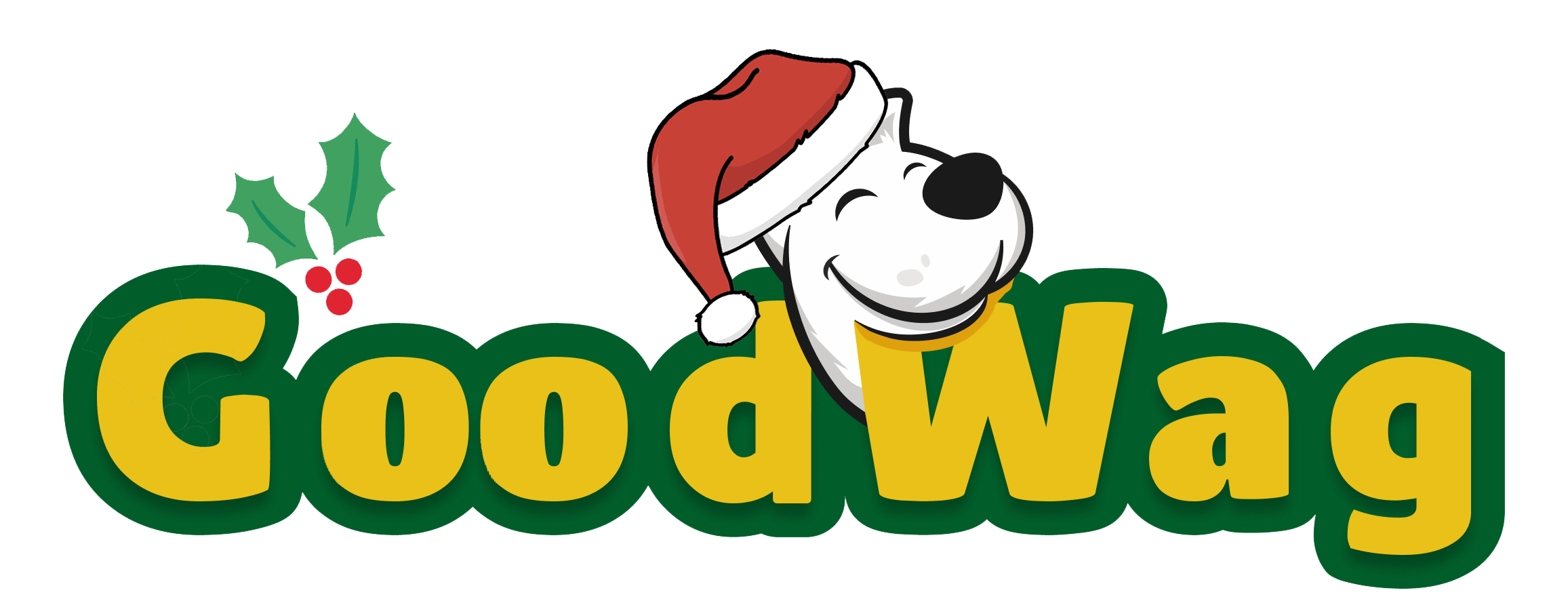
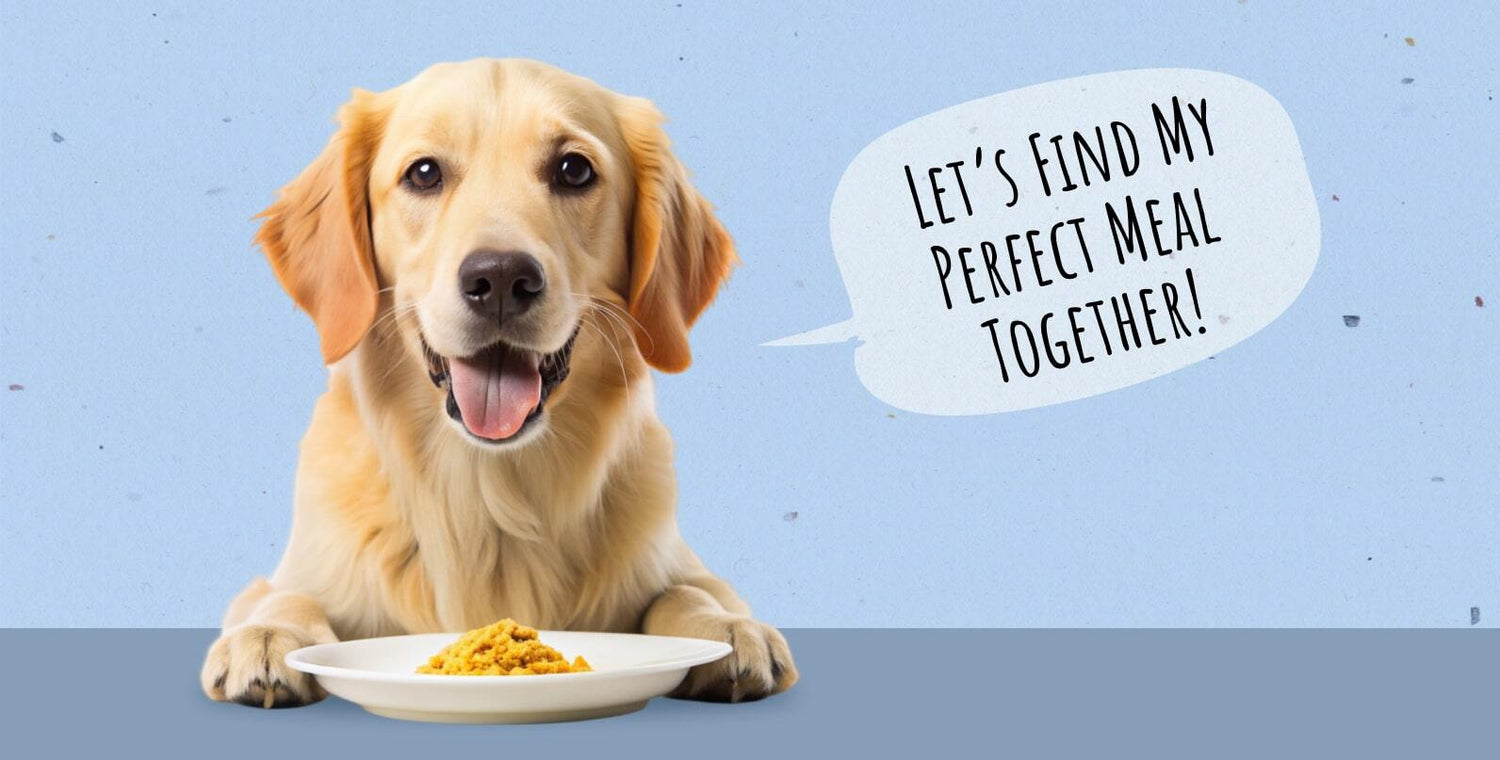


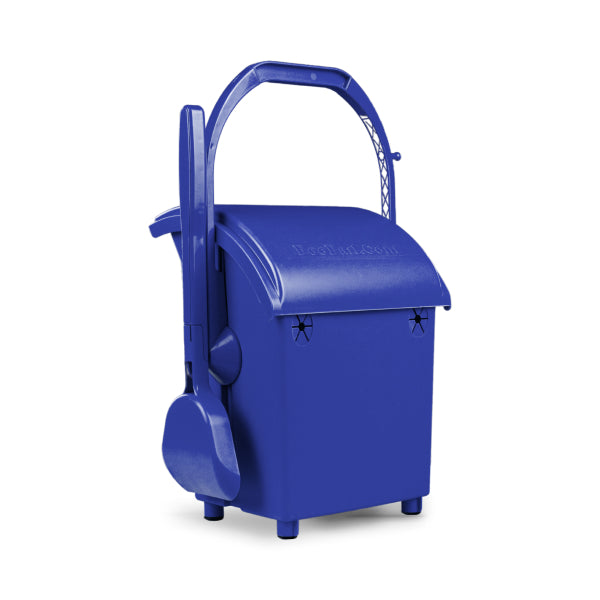

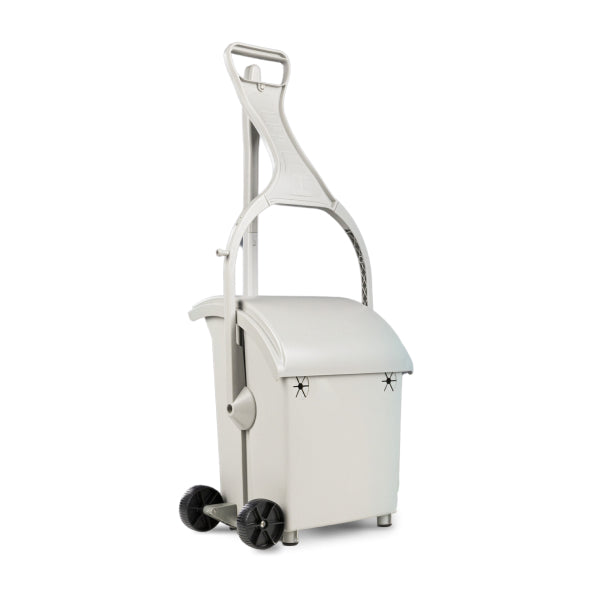

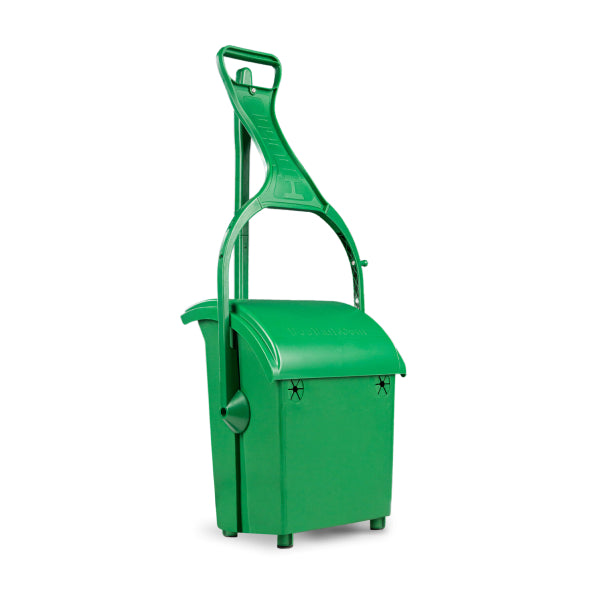

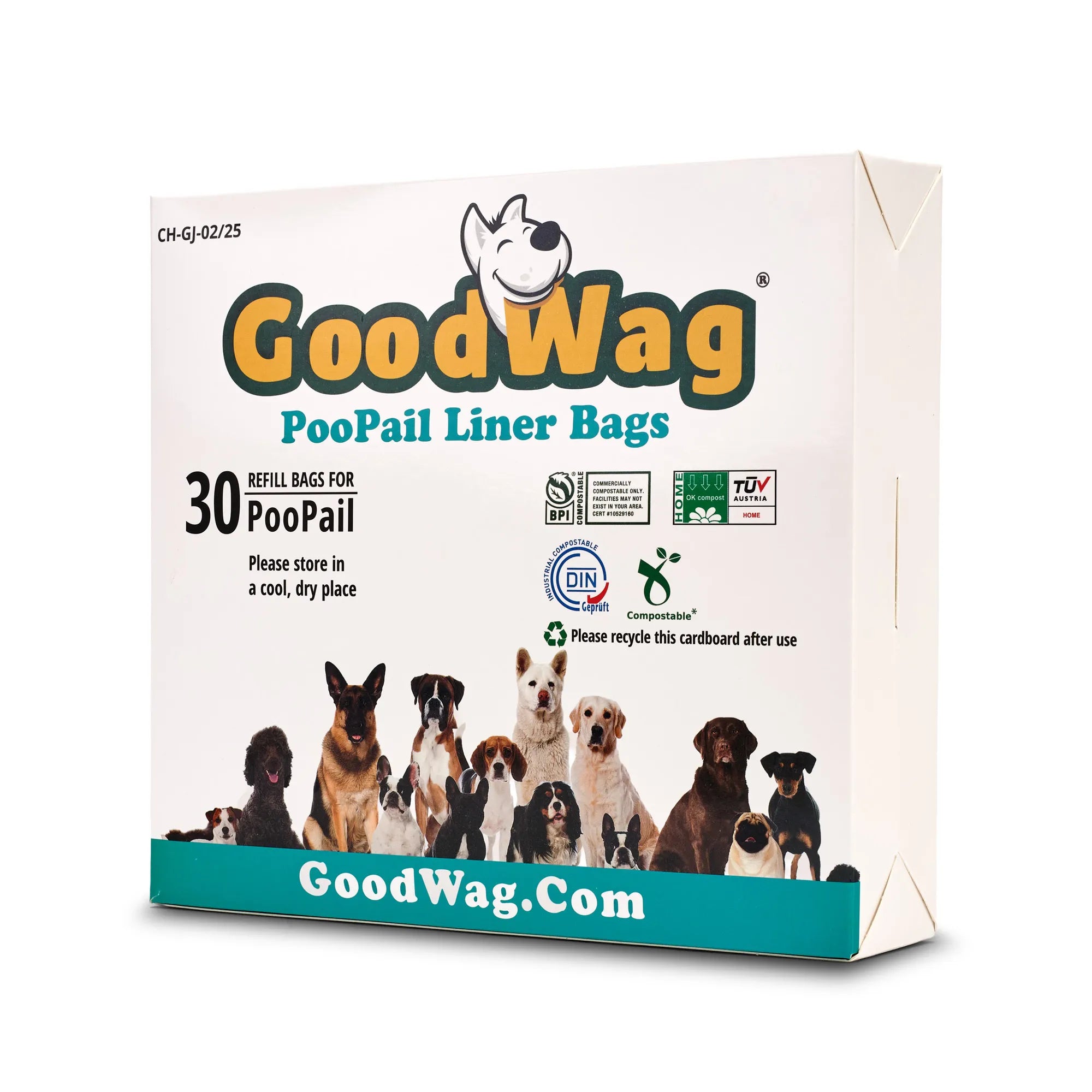
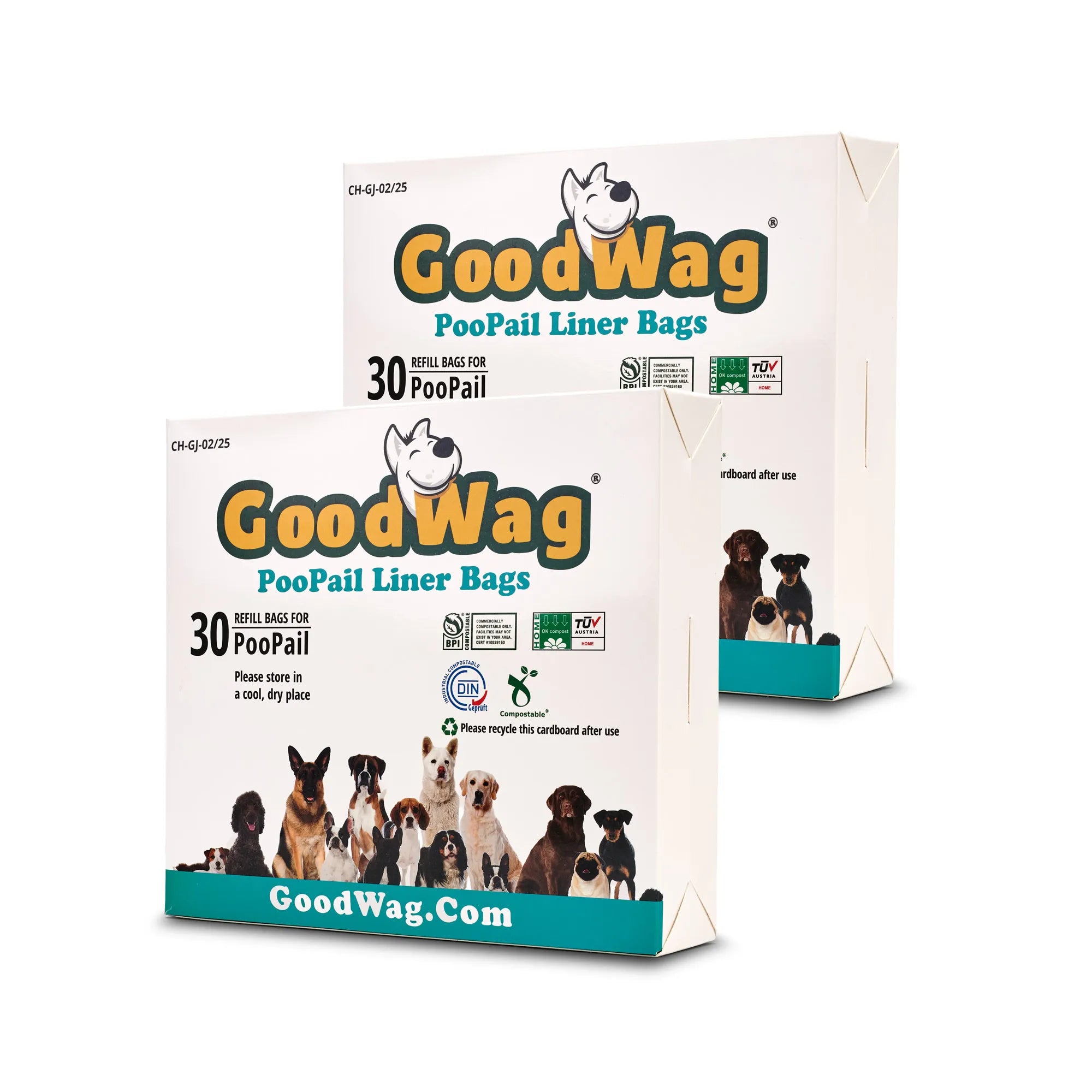
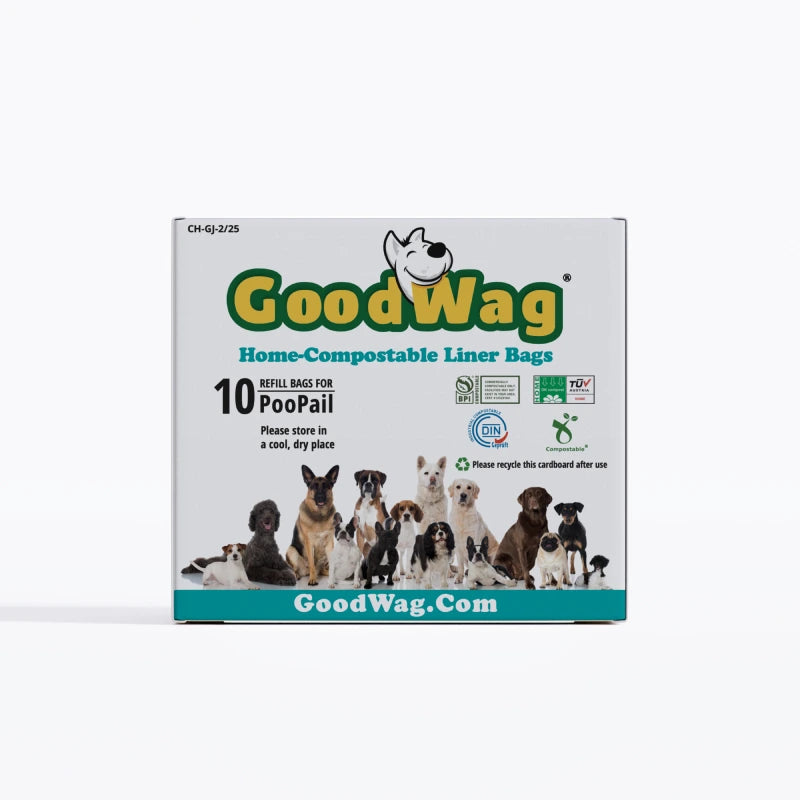
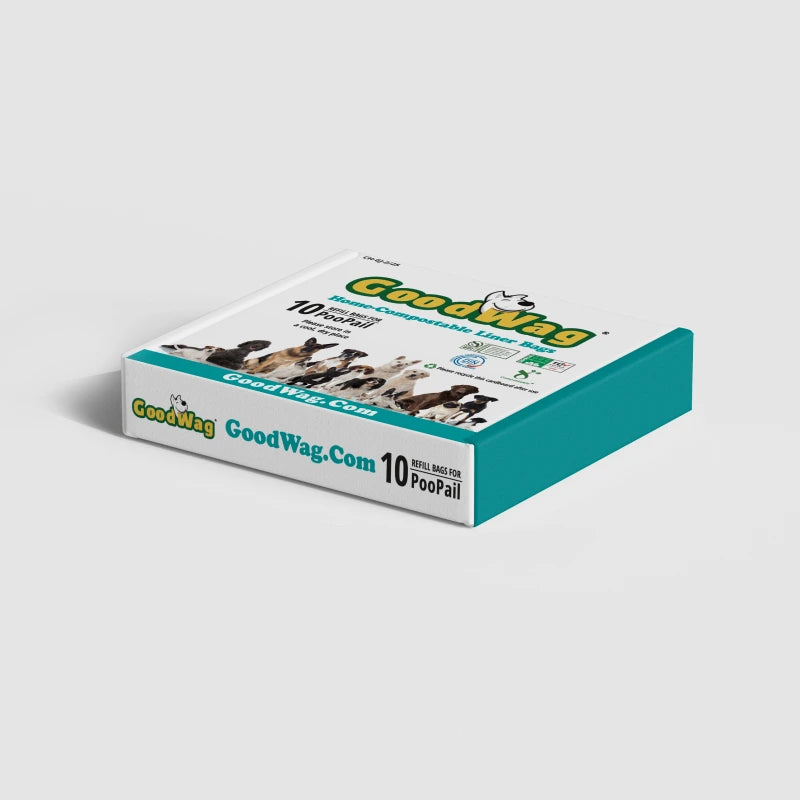
Leave a comment
This site is protected by hCaptcha and the hCaptcha Privacy Policy and Terms of Service apply.